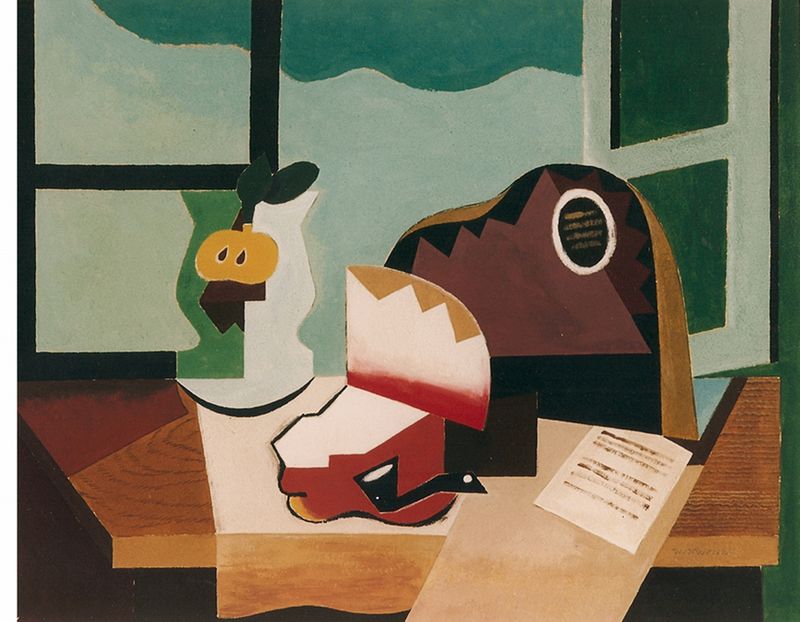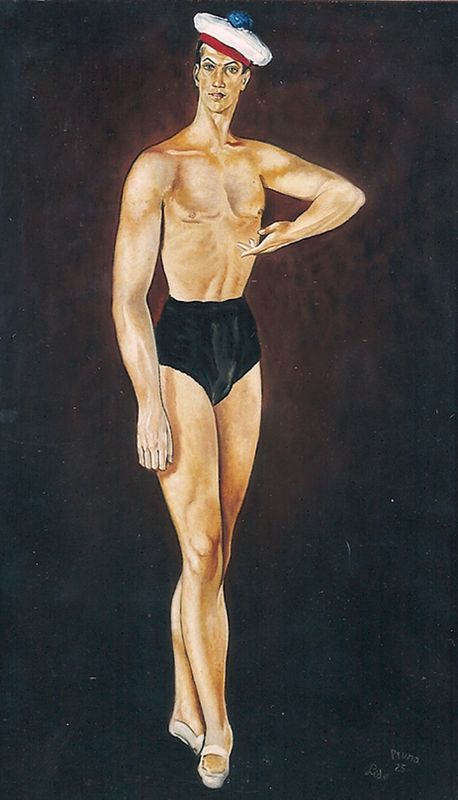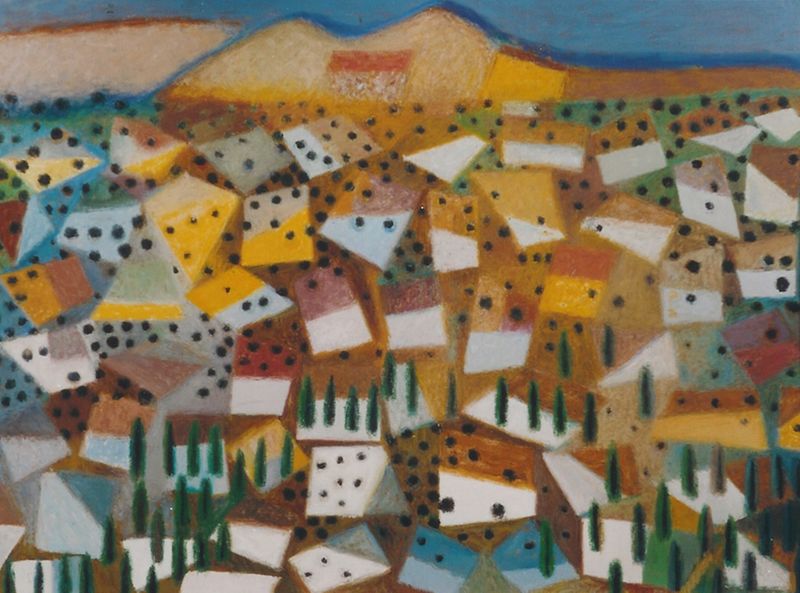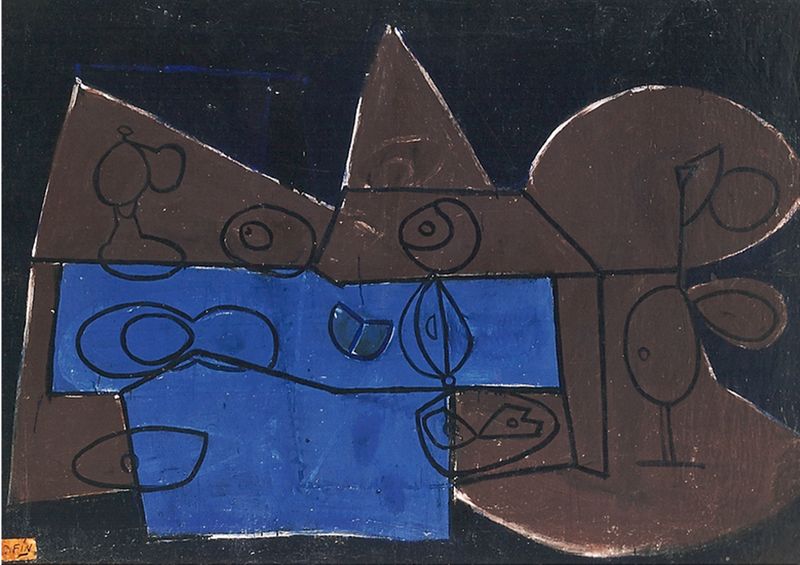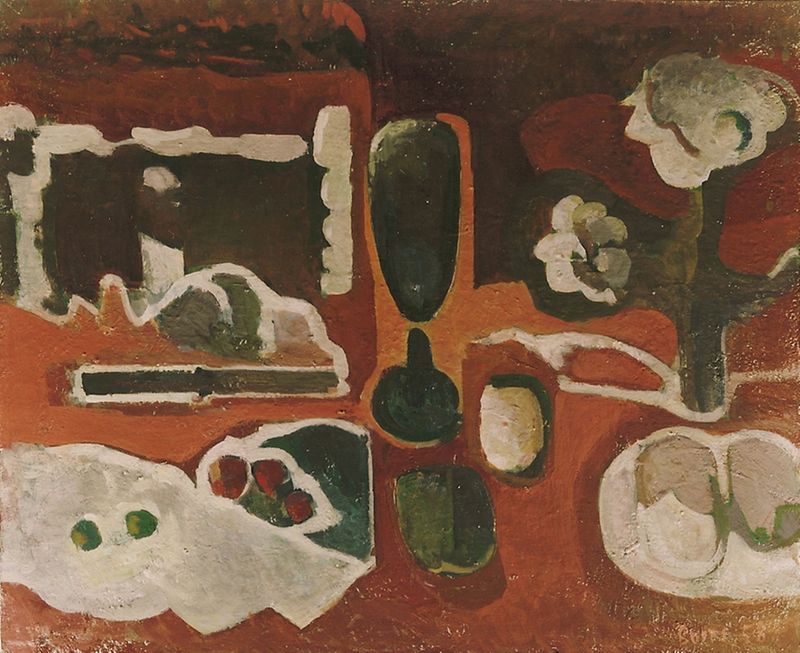Like every year, we present an exhibition dedicated to the School of Paris. Although we tend to focus on Spanish artists, , this time we have included the French cubist of polish origin Louis Marcoussis.
Among the artists we will be presenting are Juan Alcalde, Francisco Bores, Ismael de la Serna, Javier Vilató or Hernando Viñes. Some of the works are specially interesting such as an oil by Ginés Parra done over sack canvas with a hieratism close to the Etruscan paintings, a large format by Alberto Fabra from his earlier years, an oil on canvas by Pere Pruna from the 1920s depicting one of the dancersof the famed Diaghilev ballet company or a 1929 painting of the brief surrealist period of Josep de Togores.
Of all the pieces exhibited there are two that rise above the rest. The first is “La Mosca 2”, by de J.Fín (José Vilató Ruiz 1916-1969), done in 1948 during his years at La Ruche building, it’s a canvas of 148 x 212 cm. The years between 1946 and 1949 are key in the painting of Fín, it’s a period of great economic problems that force him to work on any material he finds, and on which his work leads to a somber abstraction of great sobriety.
The second work we consider of special interest in the exhibition is “Campo de Granada”, painting by Manuel Angeles Ortiz. One of the main characteristics of the period of plenitude of the artist are the series: “paseo de cipreses” (stroll of cypresses), “cabezas” (heads), “cabezas multiples” (multiple heads), “Homenaje a El Greco” (homage to El Greco), “perfiles” (profiles), “sombras luminosas” (luminous shadows), “misteriosa Alhambra” (mysterious Alhambra)…Among all of them, “Paseo de cipreses”and “Albaicines” are the more grenadines and “Campo de Granada” is an splendid example of the latter. The suburb of the Albaicin is one of the places more beloved places by the artist and he painted it many times. His close friend Federico Garcia Lorca defined it like this: “the houses are placed like if the wind of a hurricane had swirled them like that. They overlap each other with strange lineal rhythms, they rest on each other clashing their walls with an original and diabolical expression” and Manuel Angeles Ortiz translated this to his paintings. This work has been acquired by the Museo Reina Sofía shortly before the opening the opening and we would like to thank their gentleness of allowing us to exhibit it.


